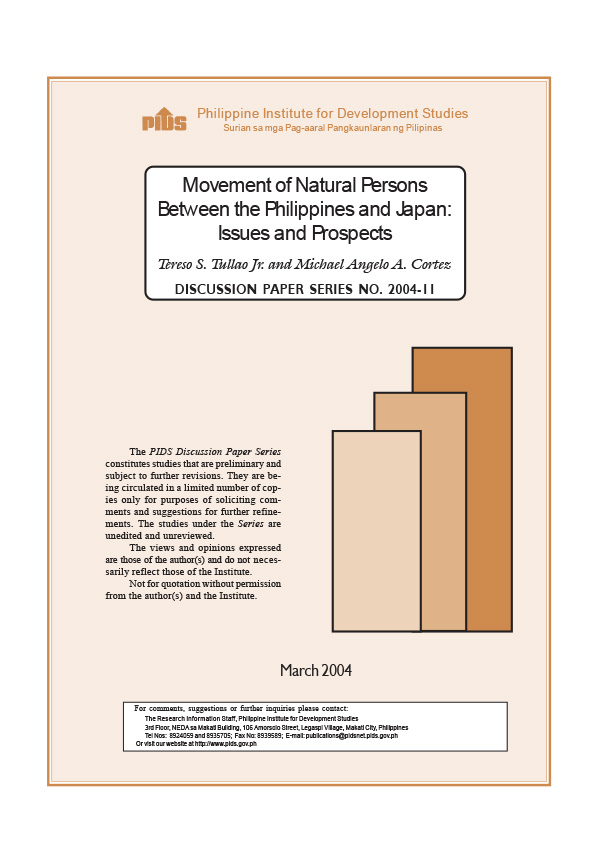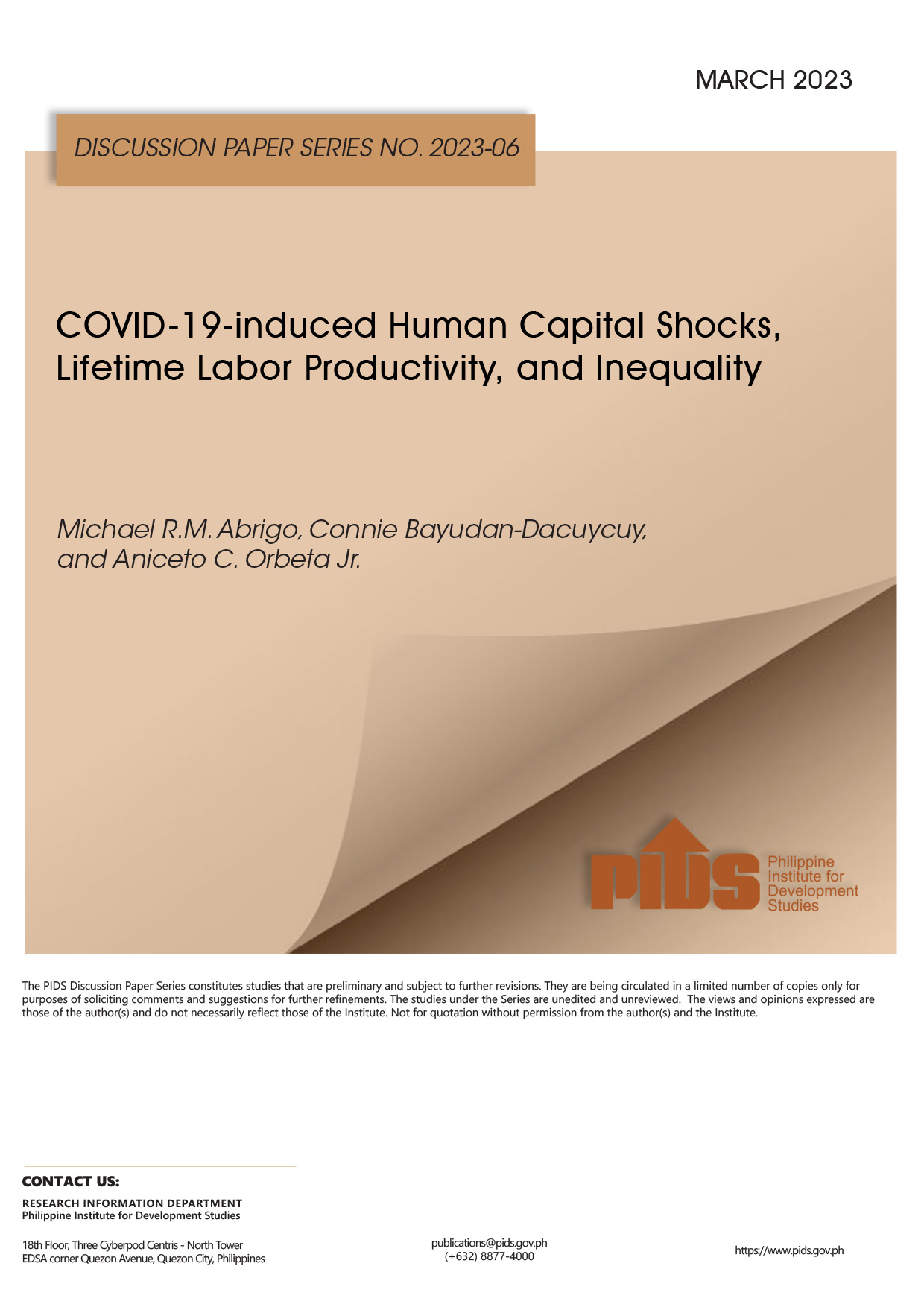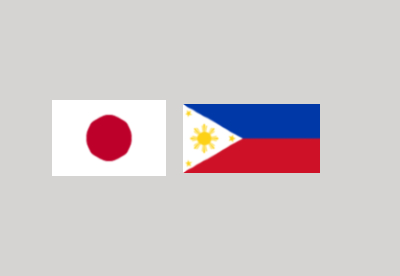Historically, the economic relations between the Philippines and Japan have been shaped by factors leading to the movements of goods, capital and people. Lately, the interspatial transfer of people has been defined by the asymmetric needs of each country. Considering the demographic changes in Japan, particularly its ageing population, and the Philippines’ excess labor and the ability to train health workers, this paper explores the possibility of meeting the asymmetric needs of both countries, examines how welfare and protection can be promoted, and analyzes the impact on productivity enhancements to both countries.













